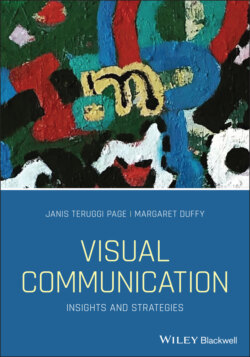Читать книгу Visual Communication - Janis Teruggi Page - Страница 52
Visual Appropriation
ОглавлениеVisual appropriation, the intentional borrowing, copying, and alteration of preexisting images and objects, is a strategy long used by artists. For example, in 1962 Andy Warhol painted images of the Campbell's tomato soup can. It led to a great debate about the ethics of such work, and appropriation remains an ethical gray area today.
Visual appropriation has been strategically used in negative political advertising. In 2016, an attack ad by Republican primary candidate Ted Cruz against rival Marco Rubio attempted to visually paint Rubio as the Republican Obama. One of the final images on a campaign video make an analogy between the Obama “Hope” poster by Shepard Fairey (Figure 2.7) and a photoshopped image of Marco Rubio (Figure 2.8). The Rubio image used the recognizable style of the Fairey poster, seeking to short‐circuit people’s analysis of Rubio’s characteristics and policies by heightening his presumed similarities to Obama. In addition, it used the creative work of Fairey in a different context. In this case, a political operative applied a digital filter known as posterizing. Widely available apps allow users to use a limited number of colors on a photo, thus giving it the effect of a movie or music poster. This brings up the question of visual plagiarism such as using elements of one image combined with others to create a different representation, image, or work of art. Regarding the original Fairey graphic, AP sued the artist in 2011 claiming copyright ownership over the image, as it was closely based on an AP photo. Both sides settled on sharing rights to the image (Kravets, 2011).
Figure 2.7 Original image inspiring the Rubio photoshop.
Source: Aaron Alex / Alamy Stock Photo.
Figure 2.8 Photoshopped image of Marco Rubio.
Source: https://www.youtube.com/embed/uKcQoFSVvGQ?feature=oembed, Ted Cruz.
